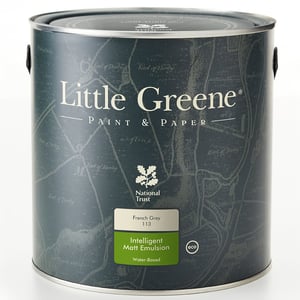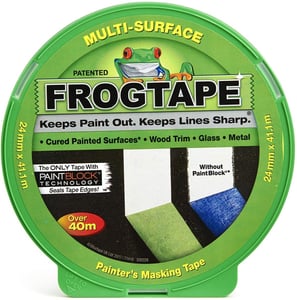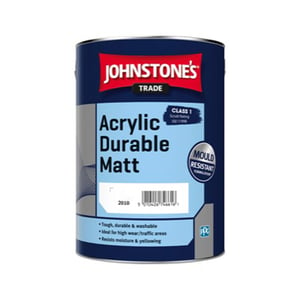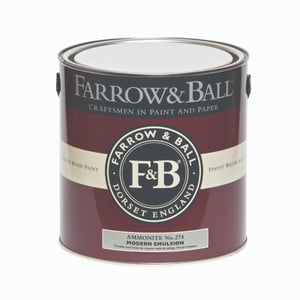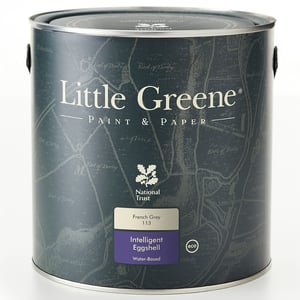Paint like a pro: the correct order to paint a room
Want to start decorating your room but not sure where to start? Anyone who’s ever tried to apply ceiling paint after a long day of wall painting will tell you it’s best to stick to a plan. Painting in the right order will make the process easier, as well as help you avoid any mistakes along the way. Learn the right order to paint a room with this easy guide, shop everything you need to transform your home at The Paint Shed today.
Painting a room is a popular project for budding DIYers and veteran renovators. It’s quick, easy, relatively inexpensive, (particularly with low trade prices at The Paint Shed), and can be a fantastic creative outlet. The painting process is pretty painless if you start with a plan of attack. Knowing where you want to start and end up, will stop you from running into hurdles, while also providing you with a wonderful sense of accomplishment at the end. So for the perfect finish follow this step-by-step guide.
What’s the correct order to paint a room?
1. Start with the ceiling
We recommend you start your decorating project at the top and work your way down. Taking this approach will allow you to avoid dripping any paint onto freshly painted areas. Before you start painting, clean your ceiling, fill any holes or cracks and sand it. Mask up any of your fixtures and fittings to protect them and get ready to paint. To make the job as easy as possible, paint around your fixtures first before cutting in around the ceiling. When you’re ready to start the larger area, introduce a roller with a pole so you can minimise time using a step or ladders.
2. Move onto the walls
Similarly to the approach with the ceiling, start painting your walls at the top, cut in around the edges and cover your fixtures with tape before cutting in around those. Once you have sufficiently cut in the main walls, begin painting in a vertical direction using a zig-zag pattern.
3. Finish with windows, doors & skirting boards
To ensure your room has a lovely fresh finish, conclude with painting and tidying up your window sills, door frames and skirting boards. After you have sanded any cracks and taped off where the wall and skirting meet, you should apply two coats ofgloss,satinoreggshell paint with a small paintbrush. Remove the tape and you are done! To avoid marking doors etc. when moving around the house, we recommend you paint doors/window sills in the morning so these have sufficient time to dry.
Before you start painting, don’t miss our vital painting tips below!
4. Picking your colour
When starting any painting project, it’s important to first ensure that your surfaces (walls, furniture etc.) are in good condition. If there are considerable flaws or signs of wear and tear you may need to do a bit of sanding and filing of any cracks and holes. Shop our selection of fillers, caulk and cleaning products
Next start by planning how you want your room to look. Will you be using one colour for all the walls or including a feature wall? Remember you are not limited to a single colour, you can opt for complementary colours, contrasting colours, accent colours or whatever colour scheme suits your home and personal taste. Adding colour to highlight moldings, windows and doors can also be a great way to flesh out a room. When deciding what colour you want to use try to imagine how you want the room to feel. Warm or cool? Clean and calm or bright and playful? This will help you land on a colour family, once you have that you can pick colours based on how they will interact with your furniture, art and the rest of the house.
Paint tester pots are also a good way to try out a colour before you invest in it. Paint colours can look different when dried or at different times of the day, for this reason, we always recommend testing out a few colours before making a final decision. For colour options according to finish and room look to our handy colour selector.
Creating a moodboard is a fun way to create your colour scheme too. Try pairing your paint samples with soft furnishings already in the room or alongside potential fabrics and textures if you're redecorating the entire room including curtains, cushions and furniture.
If you can’t find your perfect shade let us know and we can mix it for you. We offer a wide range of colour match paints and can mix almost any colour into almost any paint, simply type your colour name and brand or the colour code if you have it, into the colour selector before adding to the basket online. Our team of paint experts will then mix your paint to order and ship it directly to your door.
5. Prepare your tools
Every project is different and you may need different materials and accessories depending on your paint, design and the condition of your surfaces, but here is a basic guide to what you will need.
Popular Decorating Tools
6. Prepare your surfaces
Next, you should work out how much paint you will need. If you're unsure, try our handy paint calculator available on every paint product page onsite. Enter the dimensions of your wall or surface and we will calculate how much you need. It’s always best to order a little more paint than you need so you have some excess paint for touch-ups later. Once this is decided you can proceed to prepping your room. Start by emptying the room of all furniture or alternatively you can push it all to the centre. Cover the floor and your furniture with a drop cloth or a plastic sheet to avoid any paint splatter. Next, you should apply painters tape or masking tape to the walls, on the corners, doors, light switches, windows and mouldings. This will make the painting process easier but if you're confident you have a steady hand you can skip this step.




